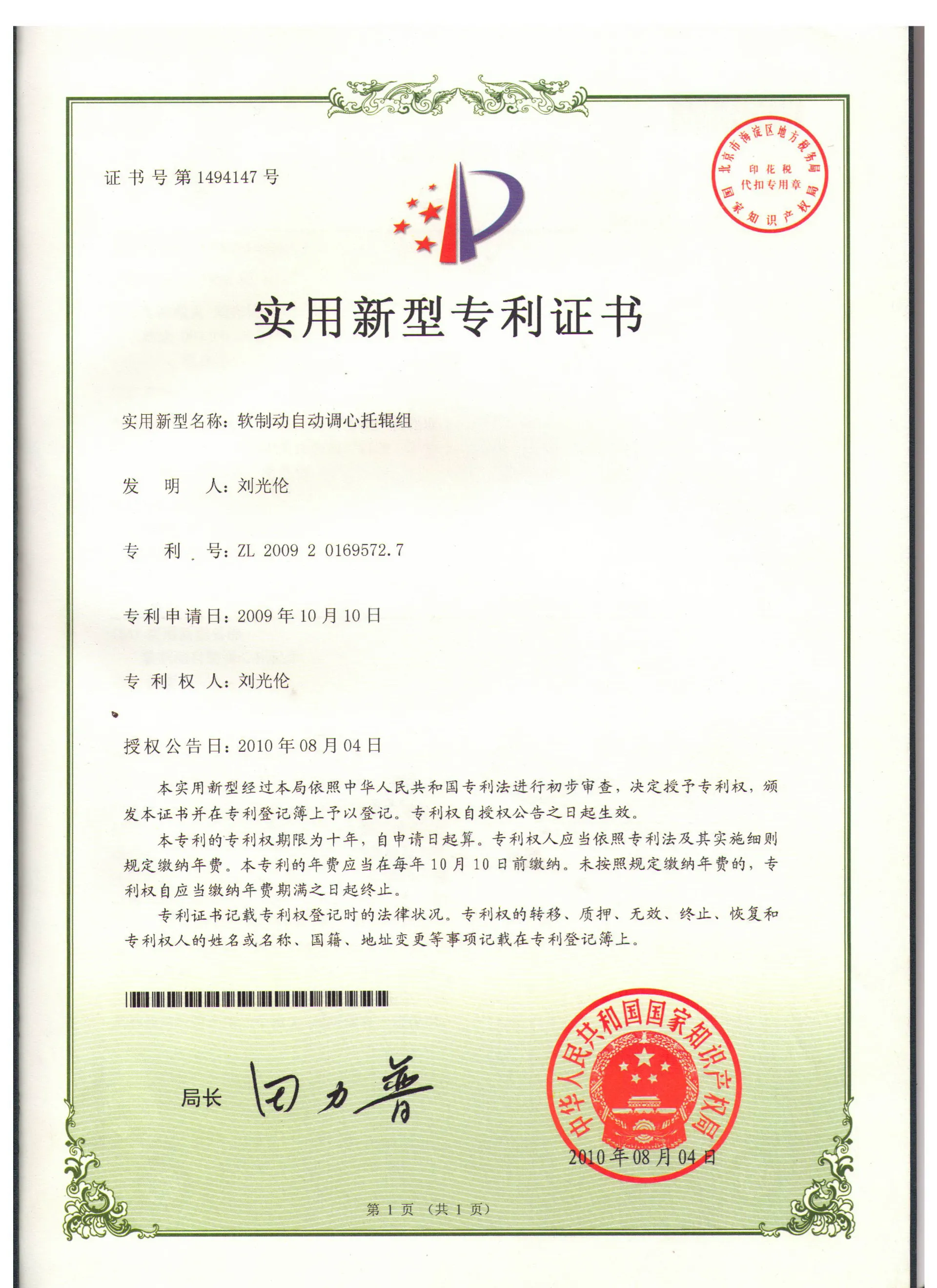 Afrikaans
Afrikaans  Albanian
Albanian  Amharic
Amharic  Arabic
Arabic  Armenian
Armenian  Azerbaijani
Azerbaijani  Basque
Basque  Belarusian
Belarusian  Bengali
Bengali  Bosnian
Bosnian  Bulgarian
Bulgarian  Catalan
Catalan  Cebuano
Cebuano  Corsican
Corsican  Croatian
Croatian  Czech
Czech  Danish
Danish  Dutch
Dutch  English
English  Esperanto
Esperanto  Estonian
Estonian  Finnish
Finnish  French
French  Frisian
Frisian  Galician
Galician  Georgian
Georgian  German
German  Greek
Greek  Gujarati
Gujarati  Haitian Creole
Haitian Creole  hausa
hausa  hawaiian
hawaiian  Hebrew
Hebrew  Hindi
Hindi  Miao
Miao  Hungarian
Hungarian  Icelandic
Icelandic  igbo
igbo  Indonesian
Indonesian  irish
irish  Italian
Italian  Japanese
Japanese  Javanese
Javanese  Kannada
Kannada  kazakh
kazakh  Khmer
Khmer  Rwandese
Rwandese  Korean
Korean  Kurdish
Kurdish  Kyrgyz
Kyrgyz  Lao
Lao  Latin
Latin  Latvian
Latvian  Lithuanian
Lithuanian  Luxembourgish
Luxembourgish  Macedonian
Macedonian  Malgashi
Malgashi  Malay
Malay  Malayalam
Malayalam  Maltese
Maltese  Maori
Maori  Marathi
Marathi  Mongolian
Mongolian  Myanmar
Myanmar  Nepali
Nepali  Norwegian
Norwegian  Norwegian
Norwegian  Occitan
Occitan  Pashto
Pashto  Persian
Persian  Polish
Polish  Portuguese
Portuguese  Punjabi
Punjabi  Romanian
Romanian  Russian
Russian  Samoan
Samoan  Scottish Gaelic
Scottish Gaelic  Serbian
Serbian  Sesotho
Sesotho  Shona
Shona  Sindhi
Sindhi  Sinhala
Sinhala  Slovak
Slovak  Slovenian
Slovenian  Somali
Somali  Spanish
Spanish  Sundanese
Sundanese  Swahili
Swahili  Swedish
Swedish  Tagalog
Tagalog  Tajik
Tajik  Tamil
Tamil  Tatar
Tatar  Telugu
Telugu  Thai
Thai  Turkish
Turkish  Turkmen
Turkmen  Ukrainian
Ukrainian  Urdu
Urdu  Uighur
Uighur  Uzbek
Uzbek  Vietnamese
Vietnamese  Welsh
Welsh  Bantu
Bantu  Yiddish
Yiddish  Yoruba
Yoruba  Zulu
Zulu roller idler
Understanding Roller Idlers Key Components for Efficient Conveying Systems
In modern industrial operations, conveying systems play a pivotal role in the efficient movement of materials. One of the essential components within these systems is the roller idler. Roller idlers, often referred to simply as idlers, are crucial in supporting conveyor belts, facilitating the smooth operation of material transfer. This article delves into the significance, types, functionalities, and maintenance of roller idlers.
What are Roller Idlers?
Roller idlers are cylindrical rollers that are strategically placed along the length of a conveyor belt. Their primary function is to support the belt and the materials being transported. Unlike drive rollers, which are powered and used to move the belt, idlers are passive components that reduce friction, improve belt alignment, and aid in load distribution. By doing so, they enhance the efficiency of the conveyor system and prolong the lifespan of both the belt and the machinery.
Types of Roller Idlers
There are several types of roller idlers, each designed for specific applications
1. Carrying Idlers These are the most common type and are used to support the weight of the conveyed material. They are typically arranged in a triangular formation, ensuring maximum stability.
2. Return Idlers Located on the return side of the conveyor system, these idlers support the empty belt as it returns to the head pulley. Their design helps minimize wear on the belt, preventing damage during the return journey.
3. Impact Idlers Positioned at strategic points where materials are loaded onto the conveyor, impact idlers are designed to absorb the shock and minimize damage to the belt caused by the dropping material.
4. Training Idlers These idlers help to keep the belt aligned and prevent it from drifting off track. Properly aligned belts are crucial for the efficiency and effectiveness of the conveying system.
5. Self-Aligning Idlers These unique idlers automatically adjust their position to accommodate slight misalignments of the belt, further reducing operational issues and preventing damage.
roller idler

Functionality of Roller Idlers
The functionality of roller idlers extends beyond merely supporting the conveyor belt
. They contribute to several key operational advantages- Reduced Friction By providing a smooth surface for the belt to roll over, roller idlers significantly reduce the friction between the belt and the structure, leading to lower power consumption and operational costs.
- Improved Material Handling The strategic placement of roller idlers helps distribute the load evenly, which is vital for maintaining the integrity of the conveyed materials. This ensures that fragile items are not damaged during transport.
- Longer Equipment Life By mitigating excessive wear and tear on the belt and other components, roller idlers contribute to a longer operational lifespan for the entire conveyor system.
Maintenance of Roller Idlers
Regular maintenance of roller idlers is crucial to ensure the longevity and efficiency of the conveying system. Common maintenance practices include
- Lubrication Regularly lubricating roller idler bearings prevents seizing and reduces friction, which can lead to premature failure.
- Inspection Routine inspections help identify wear and tear or any misalignments in the idlers. Early detection can prevent more significant operational issues down the line.
- Replacement Worn or damaged idlers should be replaced promptly to maintain the functional integrity of the conveyor system.
In conclusion, roller idlers are vital components of conveyor systems, facilitating efficient material handling and operational performance. Understanding their types, functionalities, and maintenance is imperative for ensuring that conveying systems operate smoothly and effectively. As industries continue to evolve, the importance of optimized conveying solutions, enriched by innovations in roller idler technology, will only grow.
-
Revolutionizing Conveyor Reliability with Advanced Rubber Lagging PulleysNewsJul.22,2025
-
Powering Precision and Durability with Expert Manufacturers of Conveyor ComponentsNewsJul.22,2025
-
Optimizing Conveyor Systems with Advanced Conveyor AccessoriesNewsJul.22,2025
-
Maximize Conveyor Efficiency with Quality Conveyor Idler PulleysNewsJul.22,2025
-
Future-Proof Your Conveyor System with High-Performance Polyurethane RollerNewsJul.22,2025
-
Driving Efficiency Forward with Quality Idlers and RollersNewsJul.22,2025





























